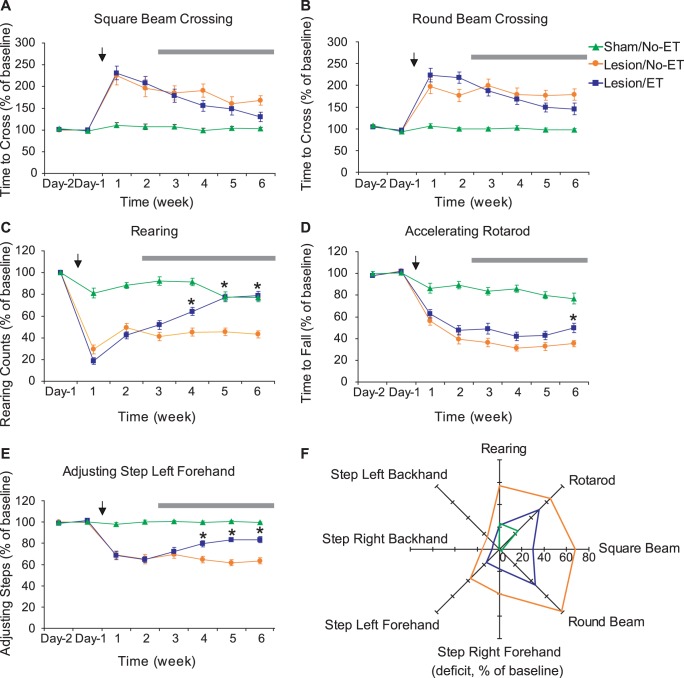Figure 4. Striatal lesioning-induced motor deficits and exercise training (ET)-induced recovery in motor function.
(A–E) Time course of motor tests results. Main effect of lesion was analyzed with repeated measure two-way ANOVA comparing Sham/No-ET (n = 19) and Lesion/No-ET (n = 19) groups over the 6 weeks period after lesioning (time of lesioning was denoted with the arrows). Lesion-induced motor deficits were significant in all motor tests, and post hoc tests showed significant lesion-induced deficits at all time points. Main effect of ET was analyzed with repeated measure two-way ANOVA comparing Lesion/No-ET and Lesion/ET (n = 23) groups over the 4 weeks ET period (denoted by the horizontal bars). ET-induced improvements were significant for the rearing, accelerating rotarod, and adjusting step tests, with nonsignificant trends shown in the beam crossing tests. *: signifcant effect of ET by post hoc tests (P<0.05). Only data for the left forehand adjusting step test were shown, which were representative of all four adjusting step tests. (F) The radar graph depicts the deficit (as a % of prelesion baseline) for each motor test at the 6 week time point. Four-week ET induced statistically significant improvement in all motor tests (P<0.05, Student’s t-test) except the round beam test (P = 0.09).

